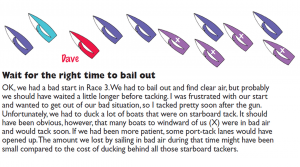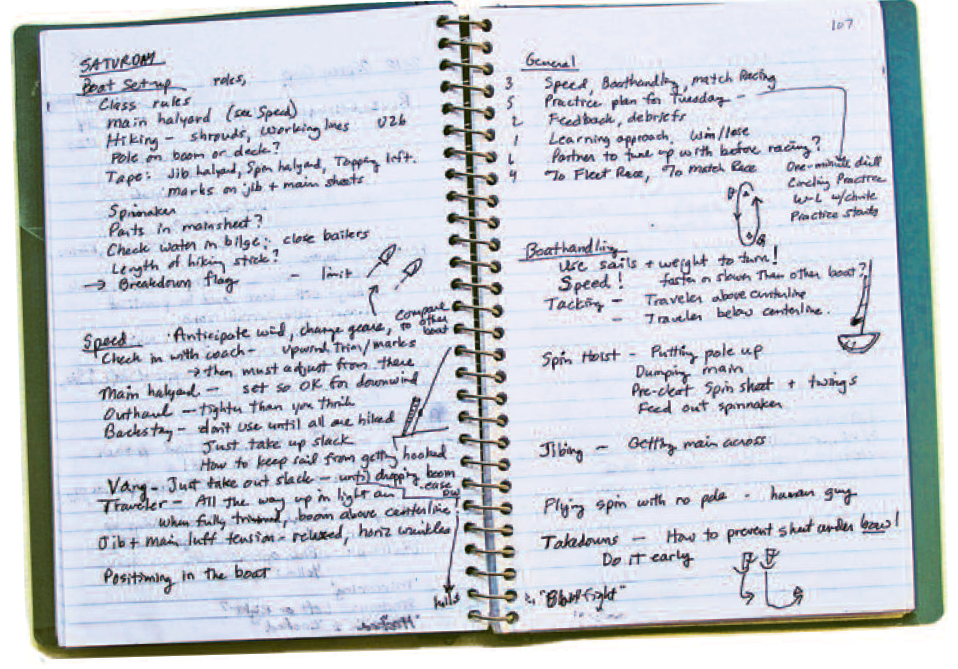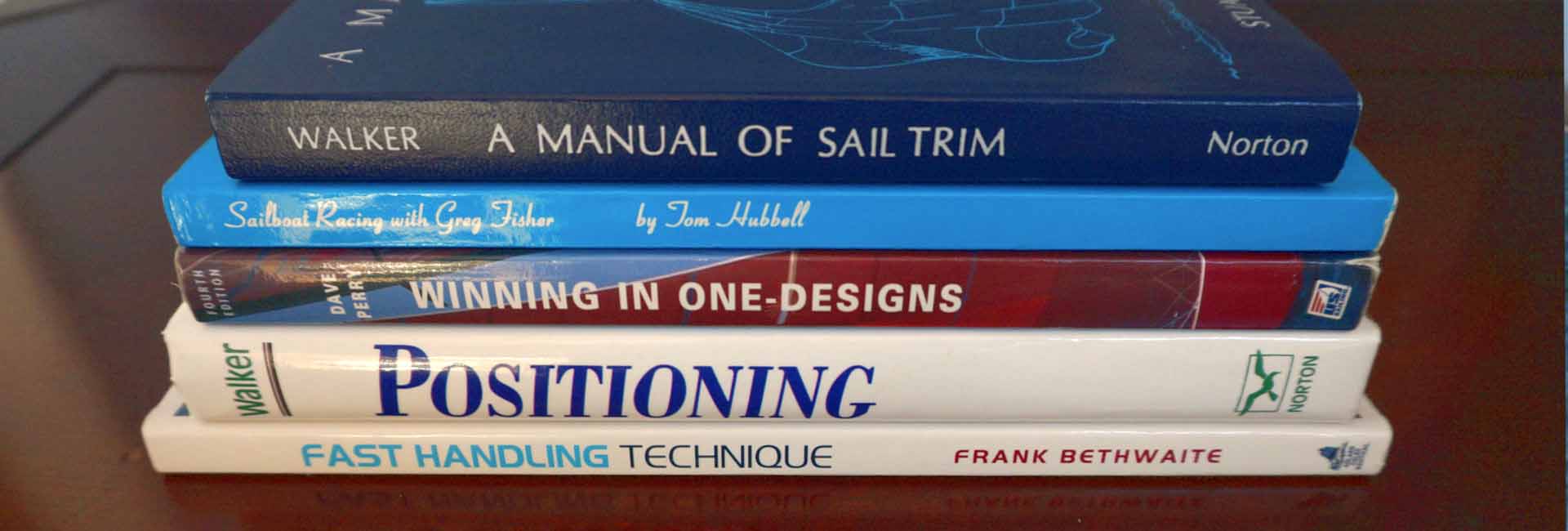When Briana and I set out on this journey, everyone told us that we would have to become students of the sport. They were right. Taking notes fast-tracked our learning. Annie Haeger in The Write Solution – Sailing World
It’s not surprising to learn that many top-level sailors keep a notebook to accelerate their learning. A quick internet search finds sailors like Dave Dellenbaugh, Tom Whidden, Andy Horton, and Gordy Bowers all commenting on the value of a notebook.
Seven Reasons to Keep a Sailing Notebook
SailZing studied articles by these and other sailors to understand how they used their notebooks to improve. We found seven good uses.
1. Set Goals
Goals provide direction, which is essential for making progress. Scott Ikle, head coach at Hobart/William Smith College, has a great Sailing World article about Setting SMART Goals. Once you set your goals, your notebook is a great place to write them down and track progress.
2. Duplicate Fast Settings
Ever feel like you’re spending too much time dialing in the right sail control and rig tuning settings as conditions change? Top sailors keep these settings in their notebooks. You could make these as specific as necessary.
3. Move on From Mistakes
There have been days when reviewing past errors helps me move on. It’s like a reset button. You dump it all out there on paper. Annie Haeger
This quote from an Olympic sailor says it best. Write down your mistakes to get past them. Here’s an example of a mistake that Dave Dellenbaugh lifted from his notebook and shared in Speed and Smarts, Issue 121 (reprinted with permission).
4. Improve Race Analysis
Ever notice how the top sailors can replay the key moments in a race? That’s because they are better at thinking strategically and tactically. Maybe you’re not to that level yet, but you can at least practice the skill by forcing yourself to write down key strategic and tactical factors after the race.
In your race notebook, list the wind conditions, your pre-race strategy, and then note what worked and what didn’t. See any of Stuart Walker’s books, like Positioning: the Logic of Sailboat Racing, for examples.
5. Detect Recurring Wind Patterns
You can advance your “local knowledge” with just a little effort. After racing, write down the wind direction for the day and any patterns. Then, before racing at that venue again, check the forecasted wind direction for the day and review your previous notes for any races with similar wind direction. There’s a good example in this excerpt from Championship Tactics, by Gary Jobson and Tom Whidden.
6. Keep Track of Boat Issues
In Sailing Smart, Buddy Melges admits that he wasn’t much of a note taker, but he did use a notebook to write down boat maintenance and improvement items that needed attention. As we get older, writing things down becomes more important.
7. Record Questions
As you evaluate your progress, you will undoubtedly come up with questions. Write this in your notebook – it will help drive you to get answers.
Notebook Format
Format doesn’t matter much. You can keep your notebook electronically or on paper – looseleaf or spiral bound. Some sailors suggest using sections, such as speed setting, tactics, technique. Others use a chronological format, with races and practice notes listed as they occur. Here’s an example from one of Dave Dellenbaugh’s notebooks, from Speed and Smarts, Issue 121 (reprinted with permission). Note the sections on boat setup, speed, general, and boathandling.
Related Content:
MC-Scow Midwinters – Aha! Insights from the Winners (includes another testimonial on the value of a notebook from Rob Seidelmann, perennial MC champion)
Sailors Helping Sailors
Will you share your knowledge with your related Comments below?







